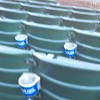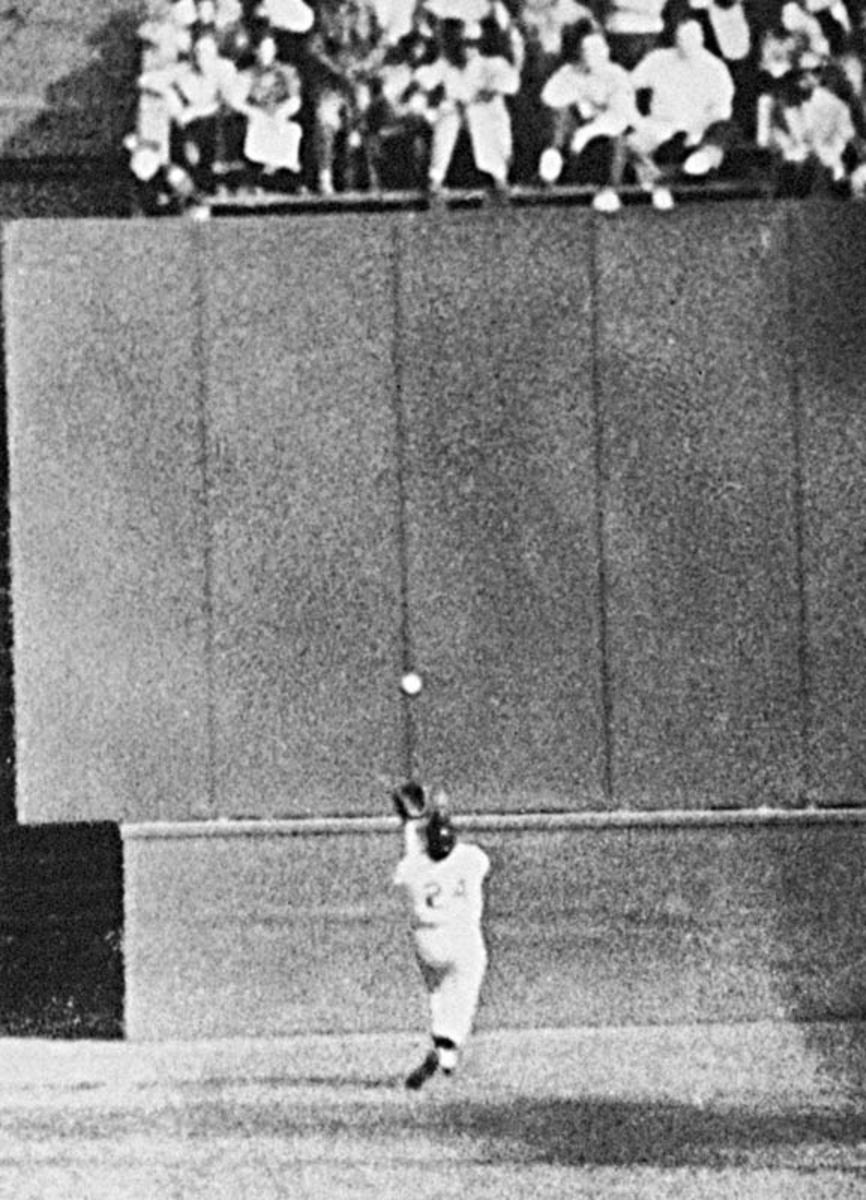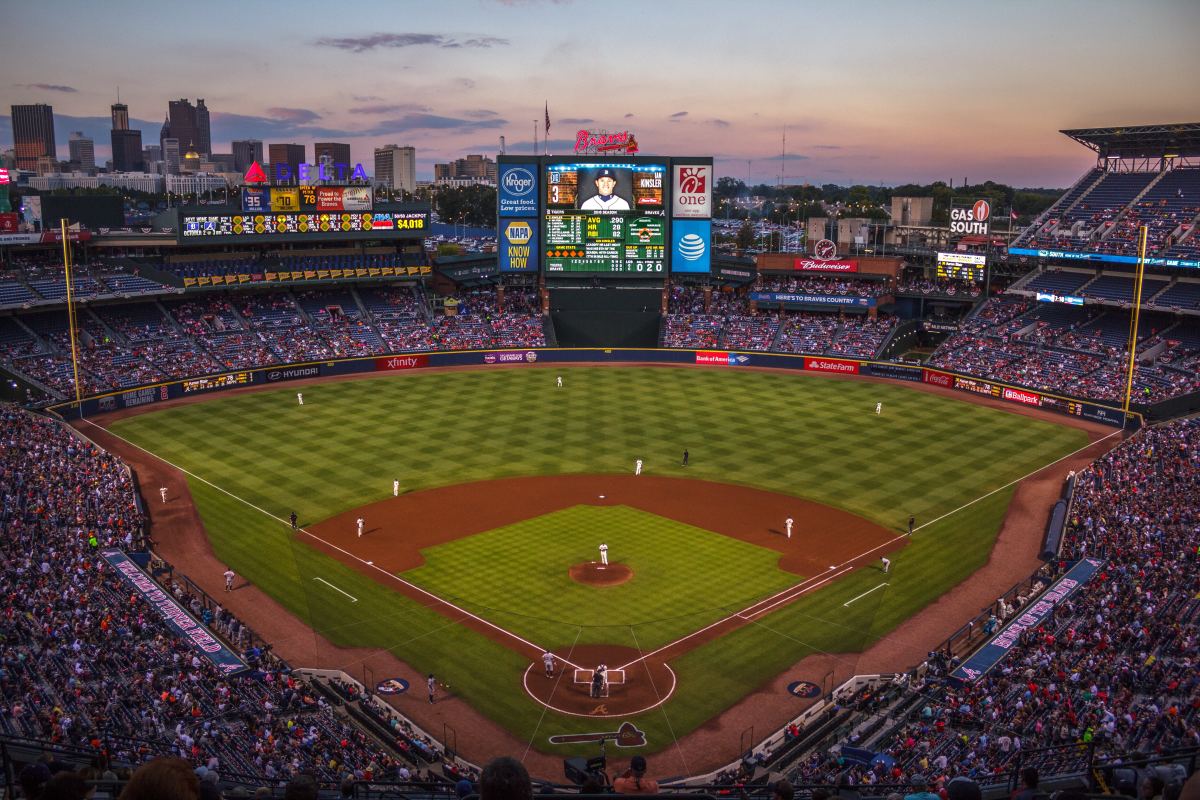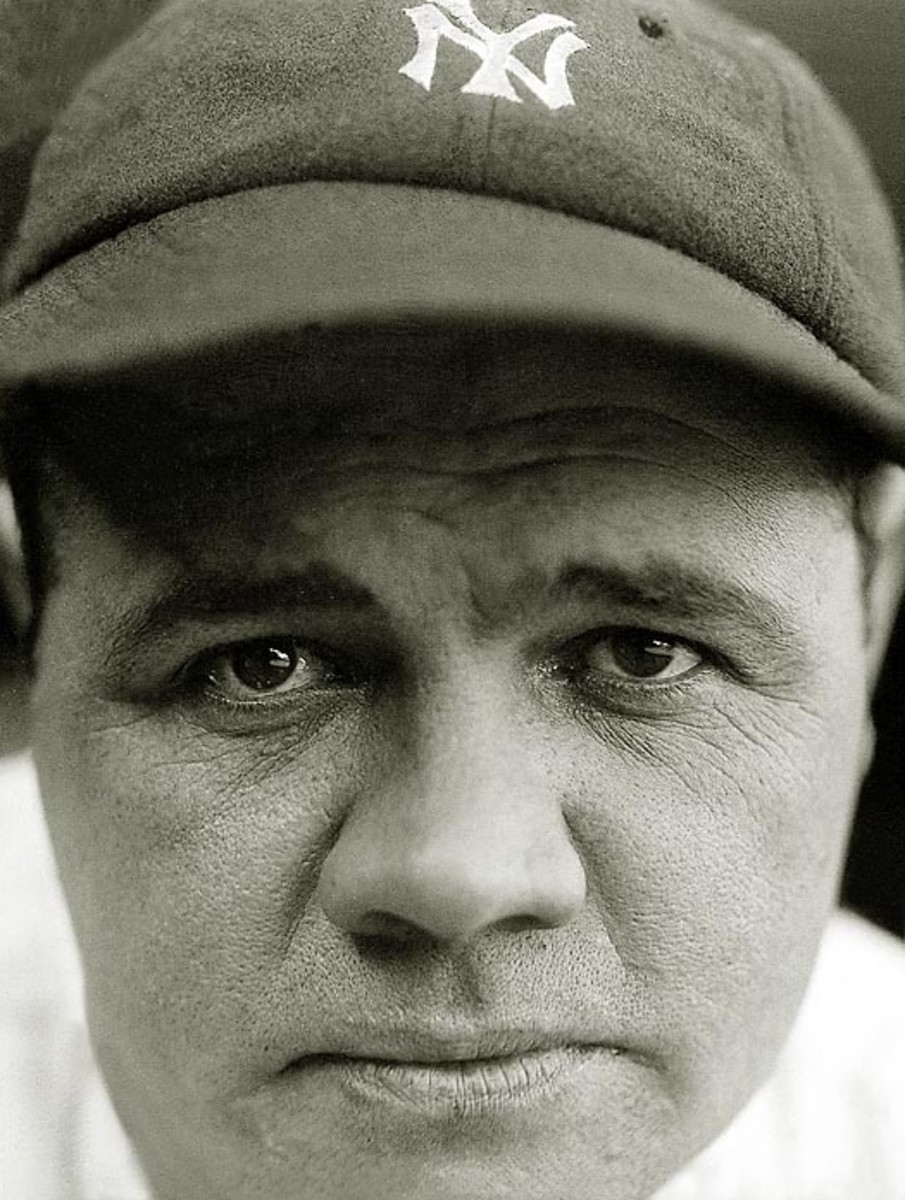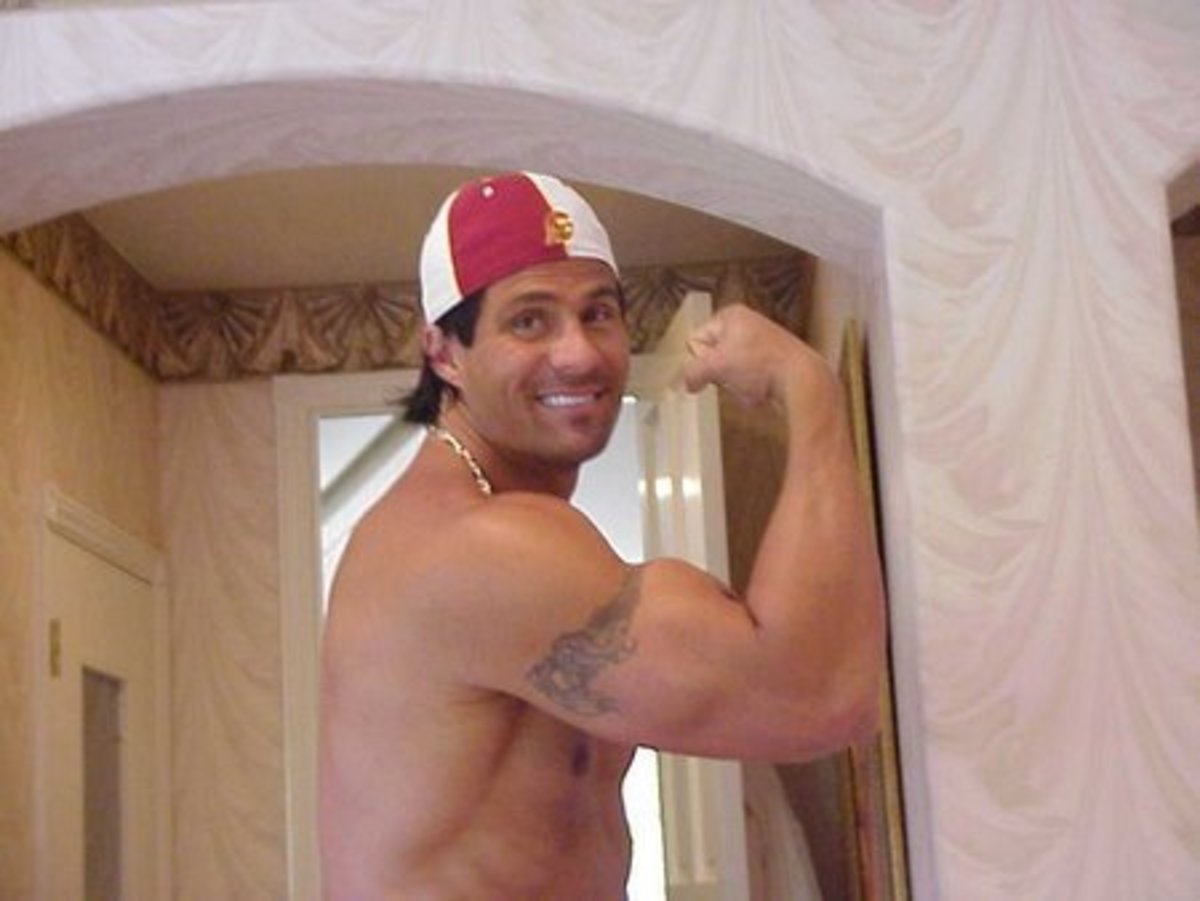How to Play Outfield in Baseball
Baseball Field
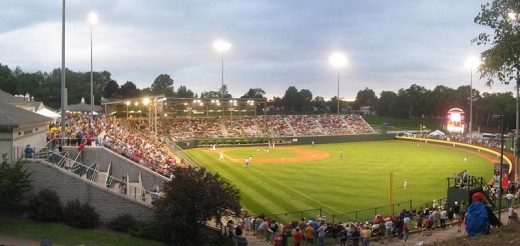
Baseball Game
Baseball has been a popular sport since its creation, before anyone on the planet was even born. The sport demands a balance of speed, precision and ability to be successful. Young boys see their favorite player on TV and they can’t help but imagine what it would be like to be a professional baseball player.
What baseball fan hasn’t dreamed of coming up in the bottom of the ninth inning of game seven in the World Series with the bases loaded and two outs? I know I did when I was younger and I know kids still do it because I have heard them when I have been out on the fields coaching.
There are so many things to master in baseball; each one offers its own challenges. Hitting is an art that forces the batter to determine if a pitch is a strike or a ball, how fast it is going and if it will move or not, all in a fraction of a second.
Defense isn’t any easier because fielders are expected to anticipate where a batted ball is going to end up. Fortunately, just like anything else, some practice can make you a good fielder. All you need to do is understand a few basics and then go out on the field and apply what you have learned.
Outfielders have a complicated assignment because they have the largest area of the field to cover and the most obstacles to interfere with their task of getting the baseball. Balls close to the baseline can be right next to an overzealous fan seeking a souvenir or a ball hit deep can cause an outfielder to get to know the outfield wall more than they might have wanted to.
Baseball Rules
How familiar with the rules of Baseball are you?
Fly Ball
Judging a fly ball can be an experience, even for the most experienced and veteran baseball players. If you are a fan at all you have seen a professional player misjudge a fly ball on more than one occasion. Night games also present a challenge to players because a white ball can be very tough to see in a stadium full of light banks; domed stadiums present similar difficulties.
The Minnesota Twins used to play in the Metrodome before they moved into their new Target Field accommodations. The Metrodome, with its stark white ceiling, was notoriously tough for players to locate a fly ball in. Many players would extend their arms out in a sign of complete helplessness because they couldn’t find the ball.
Day games aren’t a picnic either; losing the ball in the sun is not fun. You do your best to shield your eyes with your glove, sunglasses or even your throwing hand but sometimes you just can’t see the ball.
As a longtime player I can tell you that not being able to see the ball is one of the worst feelings because you don’t know where it is going to come down. Not only do you feel like you are letting your pitcher and teammates down because you couldn’t register the out but you have a split second there where you are afraid the ball is going to come down and hit you.
My son recently played in a tournament where our opponent’s first baseman lost a fly ball in the sun. He never picked it back up and it hit him right in his left collarbone area. We all flinched because the ball came so close to hitting him right in the face; luckily he was OK.
Baseball Trading Pins
I Got It
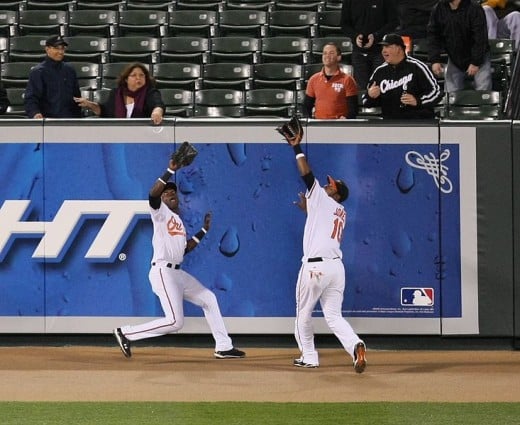
Baseball Drills
Learning how to play outfield isn’t too tough but it will require some practice if you want to do it effectively.
The first thing you need to be able to do is understand that catching with two hands will be your best friend. Sure it isn’t as glamorous as a one hand catch but I can promise you dropping a ball, when you had the opportunity to use both hands, will not only embarrass you for committing the error but it will probably drive your coaches crazy. Be fundamentally sound here and use that other hand; plus having your throwing hand near your glove will allow you to quickly transfer the ball to be thrown in.
I would also remember that in the outfield you are the last line of defense, literally. If a ball gets past you it might go all of the way to the fence and the hitter will keep running until you get the ball. With this in mind an outfielder’s first step should always be back. What this means is when a ball is hit you should fight the urge to move forward to get the ball. Batted balls into the outfield can have a bunch of backspin on them which will help them elevate, this is how home runs are hit. With this elevation the ball can fly over your head, if you are too aggressive coming in on the ball.
A trick I always teach is to bend your knees, kind of like you were hitting. Widening your feet and crouching down can help center your balance and increase your ability to determine where the ball’s path will be taking it.
Footwork
Having proper footwork is critical to your success on a baseball field. Watch a batter, runner, pitcher or a fielder and you will see them using their feet to establish a strong and balanced foundation to put them in the best position to do what they need to do.
Many coaches will teach outfielders to have one of their feet slightly in front of the other when taking their defensive position in the outfield. The reason for this is to help you get that important quick first step when running after a batted ball. If you are squared up with the infield your first step might be a bit delayed and it this split second might be the difference between you catching the ball or not.
Baseball Tips
Ground Ball
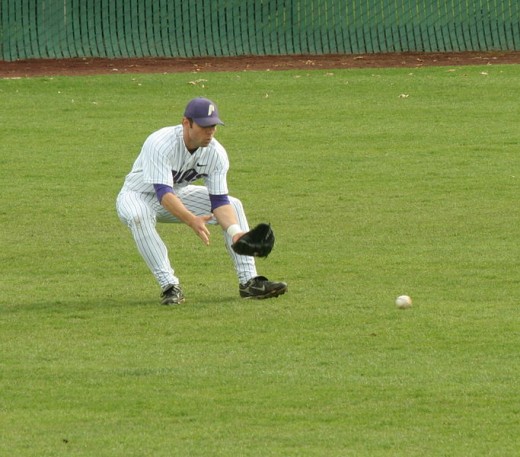
Strategic Positioning
Just standing on the field isn’t the best way to play the outfield; you should have some kind of idea where to position yourself. Understanding the opposing hitter is good idea so you can place yourself in the best possible place to field the ball.
For example if the hitter isn’t known for their power you probably wouldn’t be playing them too deep near the outfield wall right? A similar comparison is when a power hitter is up; you wouldn’t want to be playing too close to the infield. If you have an idea of what a hitter is capable of doing at the plate you can make the adjustment in your defensive positioning so you can have the best chance at catching the ball.
